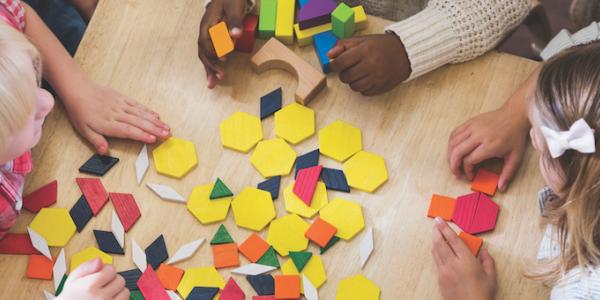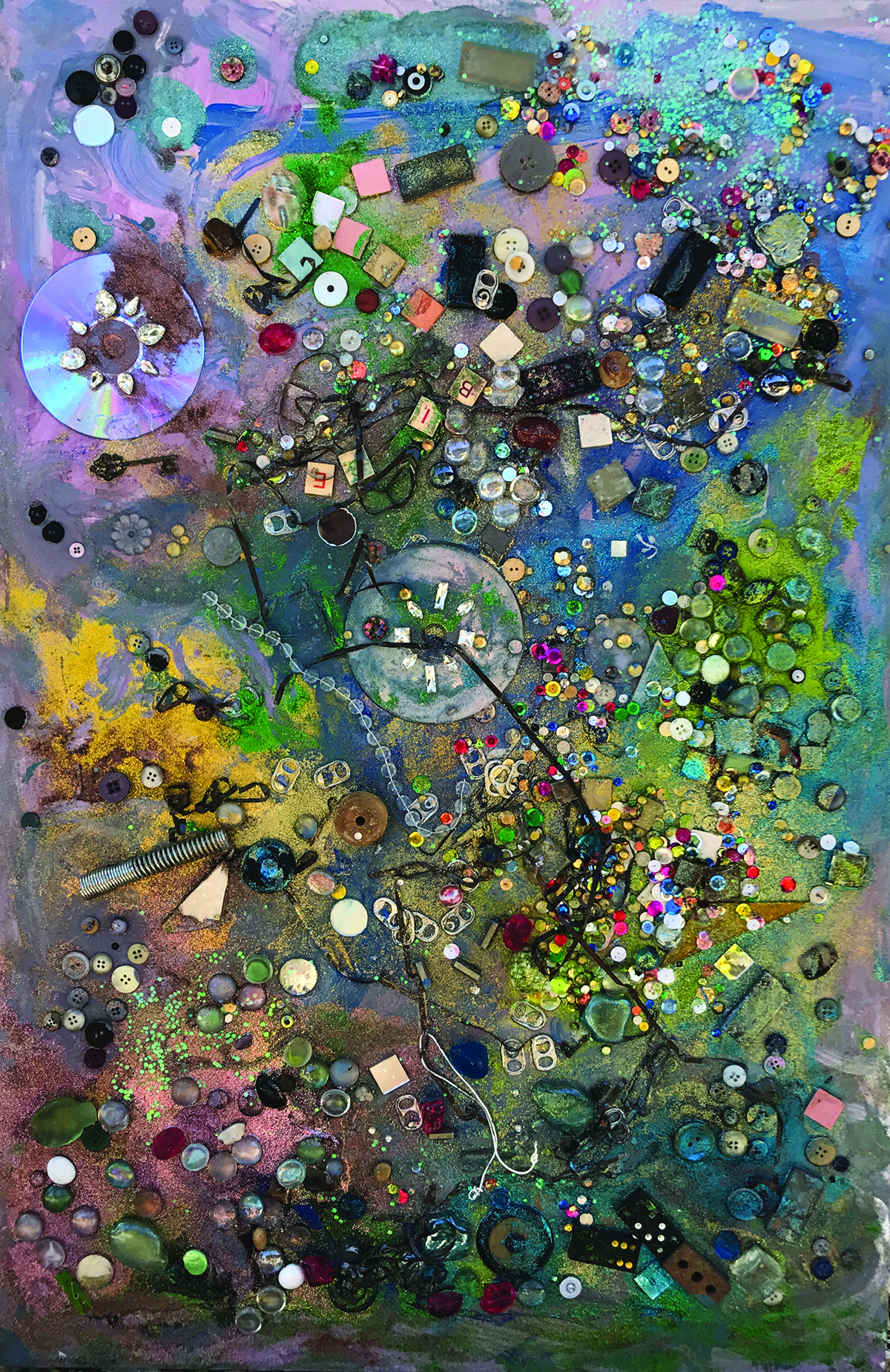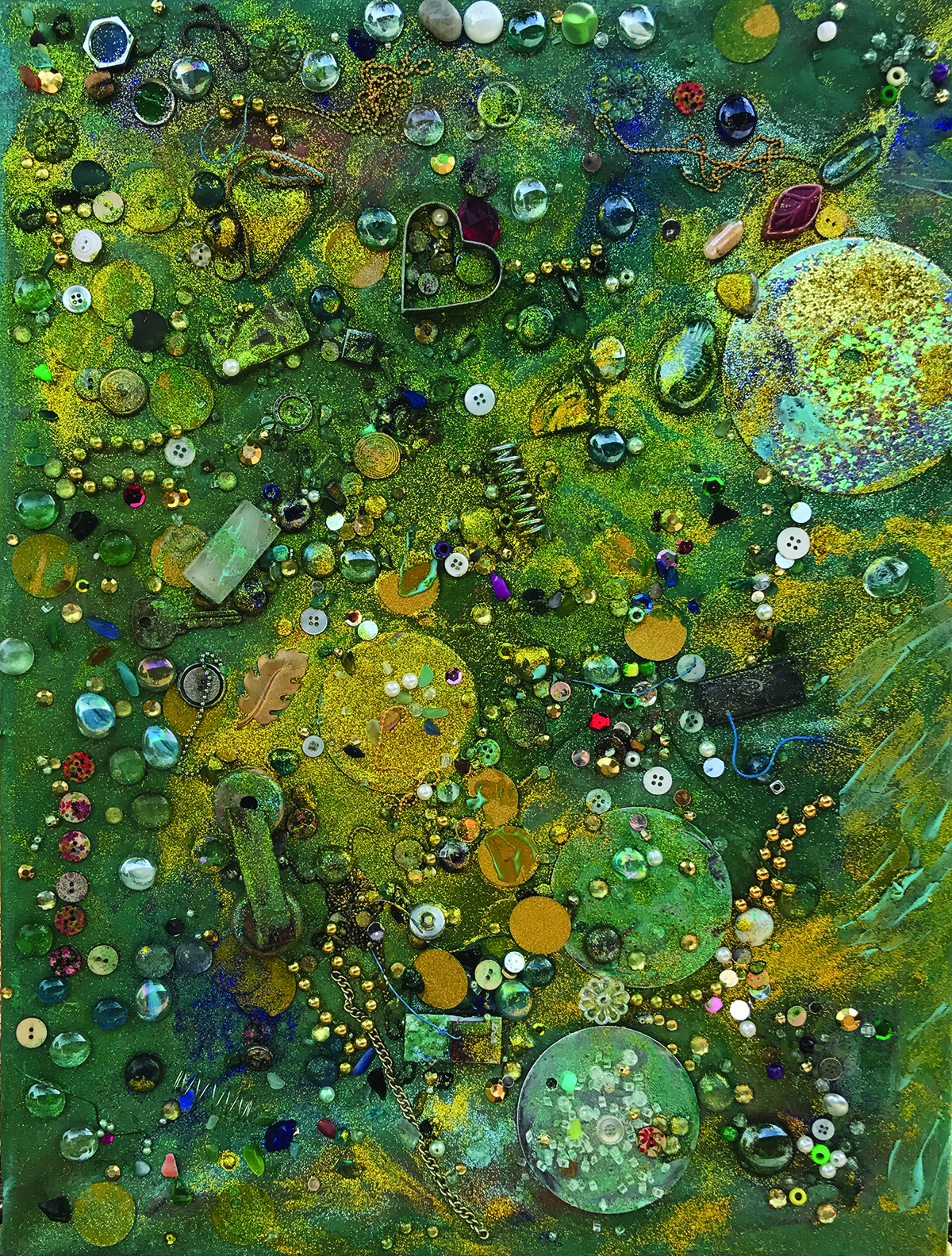Intentional and Supportive: Appropriate Uses of Early Assessments

You are here
Listening to educators—and urging policy makers and parents to do the same—is one of our top priorities at NAEYC. Educators’ expertise should be the foundation for education policy. Without it, laws and regulations are often well intended but not well designed or implemented. Assessment of children’s learning offers a perfect example. Although the intent is to ensure that children are developing essential knowledge and skills, the reality is often disheartening. Here’s how Amy D. Blessing, a kindergarten teacher with 20 years of experience, describes it:
Timed assessments and scripted directions, which must be read word for word, provide valuable information but offer no flexibility for our young learners. . . . I have sat with many frustrated children, some near tears, as I asked them to read sight words during their second week of kindergarten. I will never forget the defeat on one child’s face as she looked up at me with a quivering chin and said, “But I can’t read.”
I am sure that the policy makers behind such assessments never set out to make children cry—but I am not sure that those same policy makers are now listening to teachers’ cries for help.
This Young Children cluster on intentional and supportive assessment is for both policy makers and educators. The articles offer detailed information on ways teachers can observe and document children’s learning across developmental domains and then use that documentation to plan instruction. I hope the cluster supports teachers as they hone their abilities as assessors and instructional planners—and I hope it gives policy makers a new vision for assessment in early childhood.

Blessing’s “Assessment in Kindergarten: Meeting Children Where They Are” kicks us off. Blessing finds some assessments counterproductive, but she sees great value in observation-based assessment. By carefully observing children in different settings and over time, she creates detailed records of children’s strengths and needs that become the heart of her planning process.
For teachers who want to follow in Blessing’s footsteps, the next article offers detailed guidance on how to observe and document children’s learning. “Anecdotal Records: Practical Strategies for Taking Meaningful Notes,” by Celeste C. Bates, Stephanie Madison Schenck, and Hayley J. Hoover, provides an easy, quick approach that results in teachers having exactly what they need to reflect on their practice and plan meaningful instruction, activities, and environments.
Taking a more structured, but still highly supportive, approach to assessment, Peter L. Mangione, Tamarra Osborne, and Heidi Mendenhall describe the benefits of gauging a child’s progress in comparison with a broad range of peers in “What’s Next? How Learning Progressions Help Teachers Support Children’s Development and Learning.” Learning progressions are research-based and teacher-informed trajectories that spell out “sequences of learning and development from less complex to more complex and from less challenging to more challenging.” When combined with the teacher’s knowledge of each child, learning progressions help identify next steps and maximize learning.

Is your classroom full of children’s artwork? We would love to feature it in Young Children! See the link at the bottom of the page or email [email protected] for details. Young artists in Victoria Snyder’s pre-K classroom co-created these gorgeous mixed media pieces, which are now on display in their Minnesota community.
While Mangione and his coauthors explain the concept and development of learning progressions, the next article focuses on how they’ve been used in one classroom. In “Photographs and Learning Progressions: Supports for Intentional Assessment and Instruction in Mathematics,” Sarah A. Roller, Elizabeth Petit Cunningham, and Katherine Ariemma Marin explore a preservice teacher’s development as she captures children’s math activities with photos and then uses learning progressions to identify what concepts and skills the children have mastered and suggest new ways to support their growth.
Rounding out the cluster, we consider two additional uses of assessment: inclusion and coaching.
Camille Catlett and Elena P. Soukakou share practices that create a welcoming, appropriate, and enriching classroom for all children in “Assessing Opportunities to Support Each Child: 12 Practices for Quality Inclusion.” The practices, which range from adapting the space to supporting children’s conflict resolution, are brought to life with a detailed example.
In “Unlocking the Potential of Data-Driven Coaching: Child Assessment Evidence as a Guide for Informing Instructional Practices,” Christine M. Snyder and Holly P. Delgado follow two teaching teams and a coach as they gather and examine evidence of children’s learning and develop new strategies to meet children’s needs. With one very experienced teaching team and one newer one, this exploration of data-informed coaching has something for everyone (including tips for coaches).
As you look forward to the new school year, keep Blessing’s advice in mind: “When you feel overwhelmed by mandated assessments, . . . take inventory of the countless other ways you dig deeper to identify the strengths of your young students. They deserve nothing less.”
—Lisa Hansel
Is your classroom full of children’s artwork?
We would love to feature it in Young Children! See the link at the bottom of the page or email [email protected] for details.
Young artists in Victoria Snyder’s pre-K classroom co-created these gorgeous mixed media pieces, which are now on display in their Minnesota community.
We’d love to hear from you!
Send your thoughts on this issue, and on topics you’d like to read about in future issues of Young Children, to [email protected].
Would you like to see your children’s artwork featured in these pages? For guidance on submitting print-quality photos (as well as details on permissions and licensing), see NAEYC.org/resources/pubs/authors-photographers/photos.
Lisa Hansel, EdD, is the editor in chief of NAEYC's peer-reviewed journal, Young Children.
